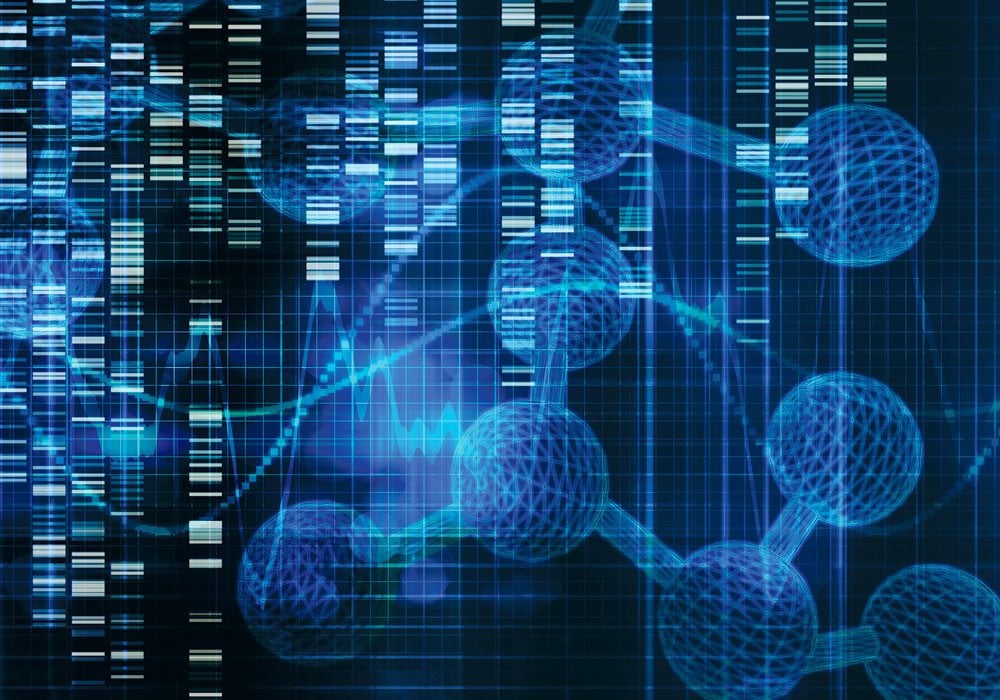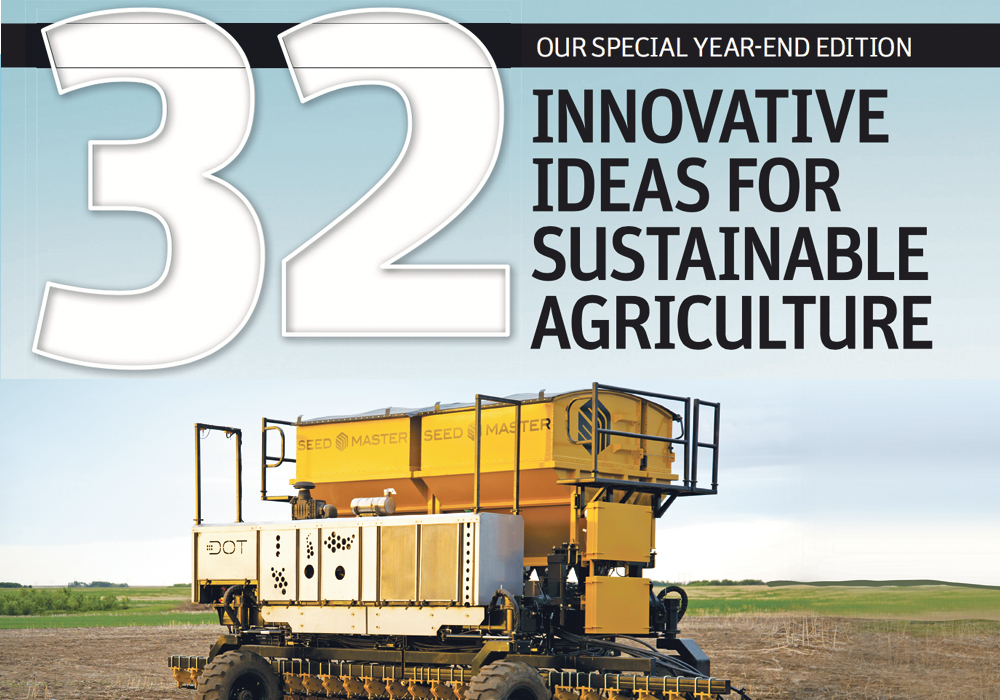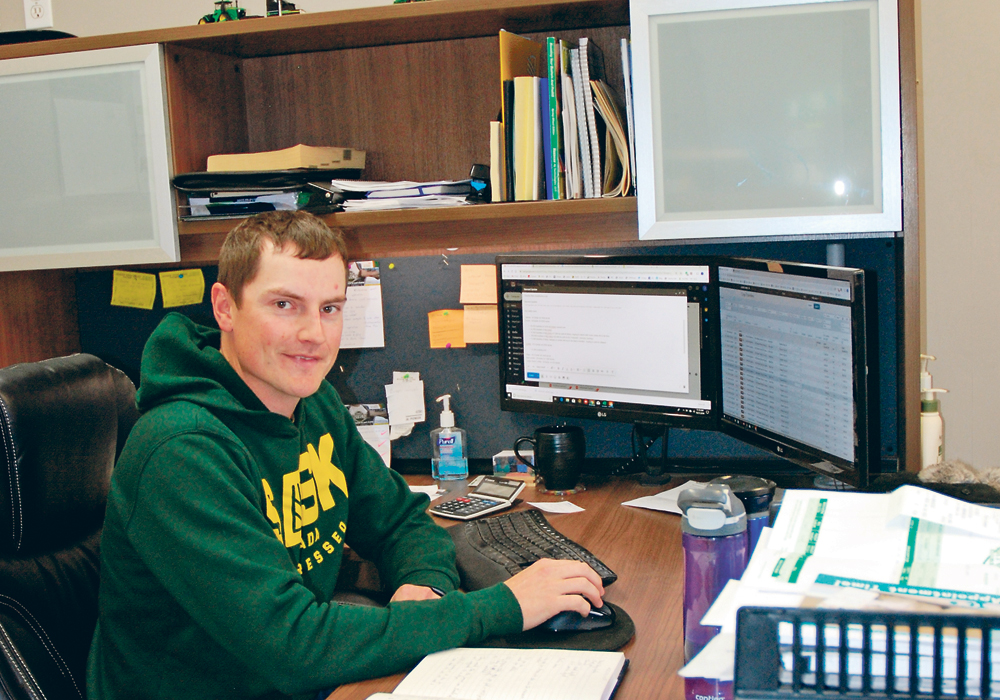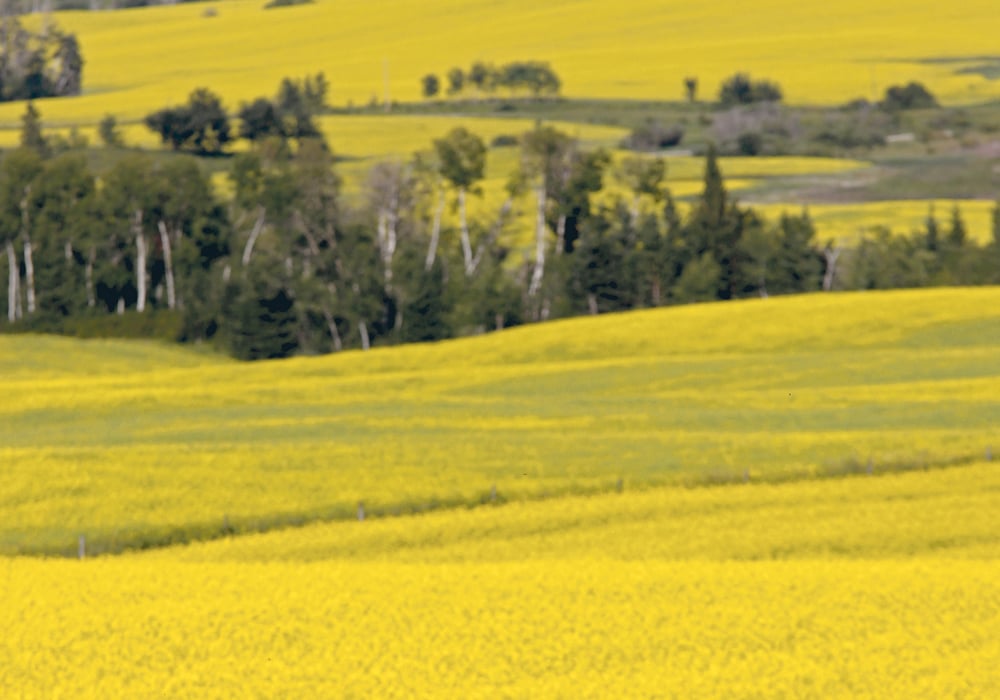People mistakenly use “genetic mapping” and “genome sequencing” interchangeably without a second thought. However, the two technologies are as different as planting wheat with a stick and planting wheat with a SeedMaster.
True, both technologies will yield some sort of a final product, but that’s where the similarity stops, says James Schnable, a geneticist at Berkeley College.
“For basic science, a genome sequence is generally more useful than a genetic map. On the other hand, from a breeding or crop improvement perspective, a genetic map is probably more important than an actual sequenced genome, especially from a cost-benefit perspective,” Schnable said.
Read Also

Farming Smarter receives financial boost from Alberta government for potato research
Farming Smarter near Lethbridge got a boost to its research equipment, thanks to the Alberta government’s increase in funding for research associations.
“Genetic maps describe the order of markers along the chromosomes of a genome. In the oldest maps, these markers would be whole genes. Modern genetic maps use smaller markers, but the principle is the same. It’s a map of the order of landmarks on a chromosome along with some kind of information that can be used to tell them apart.”
Other stories in The 2017 Innovation Issue:
- New genetic tools offer way to restore cattle vigour
- Technology can help breed better cattle
- Biotech companies prospecting for microscopic gold mines
- Bee buzzes critical to calculating crop pollination
- Fungus could aid plant growth, reclaim oil sites
- Cracking the megapest genetic code
- French robot prowls the chicken coop so you don’t have to
- New laser technology proves successful for B.C. orchard
- High-tech deterrent devices protect crops from … intruding elephants?
- Diamondback moths focus of Cornell study
- VIDEO: Print your own parts?
- Bees may be serving up humanity’s next big food … and it isn’t honey
- Big doubts about big data
- The little plane that did
- Soil mapping soon to be more usable
- Managing fields could soon move to plant level
- GM pollen: it gets around
- Autonomous vehicles not on the radar for most farmers
- Farm wi-fi connectivity opens new world of possibilities
- Nanotechnology to alter animal health, food systems
- As big data comes to the farm, are policy makers keeping up?
- Farmers not rushing to grab digital tools: survey
- Connecting the DOTs
- Hands-free field test
- Researcher understands farmer doubts about hands-free farming
- The trouble with telematics
- Sensor sensibility
- The discovery that could shake up the beer industry
- Grow your own clothes
- Blockchain technology offers food safety, traceability and more
- Supercluster makes big innovation pitch
- Quicker, cheaper biofuel production in the works
- Alternatives to livestock antibiotics are difficult to assess
- A revolution is coming
A massive global project is currently underway, aimed at sequencing the genomes of 5,000 insects. The project is titled the “i5k Initiative” and it’s been called the Manhattan Project of entomology. It seeks to sequence the genomes of potentially damaging insects, thus improving our lives by contributing to a better understanding of insect biology. This information will enhance our ability to manage arthropods that threaten our health, food supply and economic security.
Susan Brown, a geonomics researcher at Kansas State University and one of the founders of i5k, said sequencing is the highest resolution map that can be created.
“Today, we can look at places where enzymes cut, for instance,” she said. “It used to take teams of researchers and two or three years of work to do that for even a tiny genome. Now, for example, we can sequence a human gene in 24 hours with these new optical mapping techniques.”
The Genome News Network, an online magazine that covers important developments in genomics research, said a genome map is less detailed than a genome sequence.
“A sequence spells out the order of every DNA base in the genome, while a map simply identifies a series of landmarks in the genome,” it said.
“Sometimes mapping and sequencing are completely separate processes. For example, it’s possible to determine the location of a gene — to ‘map’ the gene — without sequencing it. Thus, a map may tell you nothing about the sequence of the genome and a sequence may tell you nothing about the map.”
Schnable said there’s nothing new about mapping. The real breakthrough was the technology to closely examine genomes and sequence them. The first sequencing research began in 1979, and by 2000 most research organizations around the world were using it.
“Barbara McClintock published a map of the order of three genes and the fact they were genetically linked to a physically observable feature on one of the maize chromosomes back in 1931, more than 20 years before the structure of DNA was discovered,” he said.


















